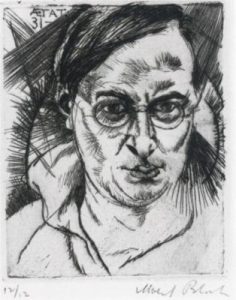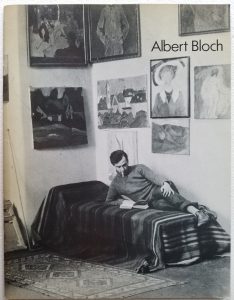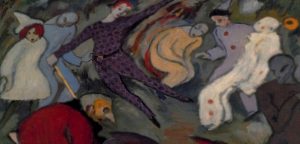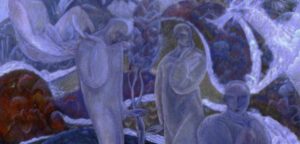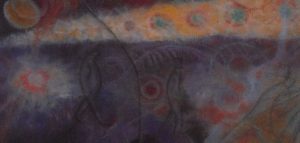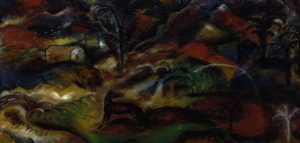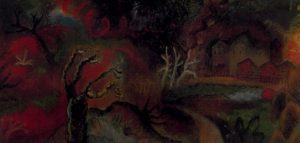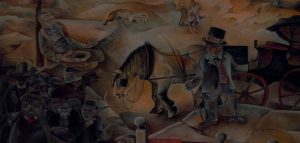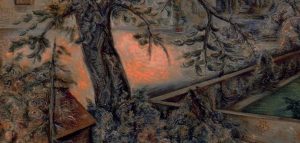Albert Bloch was born on the 2nd of August in 1882 in St. Louis, Missouri, USA.
1882 - 1961
Albert Bloch
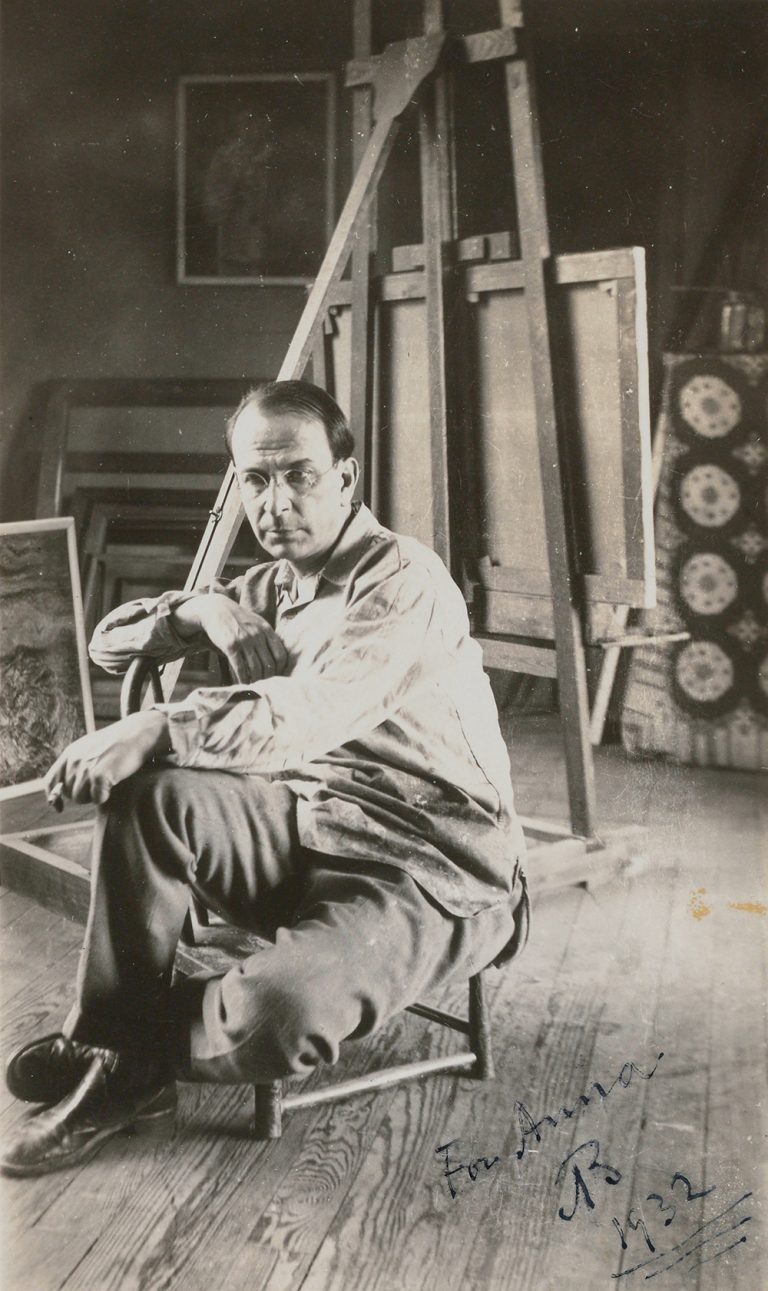
description
American artist-innovator with a German-Jewish and Czech pedigree, who worked a long time in Germany.
He was an invited member of the exhibition of the art group Der Blaue Reiter (The Blue Rider, Blue Rider) and the only American author associated with the European (Munich and Berlin) Expressionist movement of the early 20th century and the work of the famous German school Bauhaus. For many years (1923-1947), A. Bloch was a professor at the University of Kansas in Lawrence and influenced the development of the newest American fine arts.
Key ideas:
– During the first few years in Germany, Albert Bloch spent most of his time observing and sketching the night life of the poor neighborhoods in Munich, creating caricatures of artists and writers in German cafes. Paintings of the talented American man attracted the attention of Russian artist W. Kandinsky and German artist F. Mark with their high spirituality, rare boldness of lines and at the same time simplicity, close to primitivism.
– The paintings of Albert Bloch always retained the sense of a representative form – he did not reject the materiality of the depicted and wanted to “celebrate the poetry of mood” with the help of Expressionist techniques. Although this did not always sound in unison with the ideas of Der Blaue Reiter, Bloch’s works found their admirers in Munich, Berlin and other cities where the works of the community participants were shown.
– The artist, in addition to the scenes of life, had decorative figurative works that caused associations with the methods of Symbolism (weightless figures in a misty landscape). Nevertheless, the “gloomy storyteller” Albert Bloch finally followed the example of W. Kandinsky and moved on to more vigorous compositions and bright colors, although, unlike Basil, he retained figurativeness in his art.
– A unique period in the artist’s work was the transition from the style of work in Germany to the style that he developed after returning to America. The picture “Summer” (1929) demonstrates this as accurately as possible: the left part of the composition is a still life with a bright yellow flower in a vase, and on the right one a woman and a clown are depicted in some quiet and mysterious interaction. “The author does not like the way the flower glows like the sun anymore,” one of the critics noted.
– In the film “March of the Clowns” (1941), Albert Bloch embodied his fantasy about the defeat of the Nazis in a gloomy comical manner, using the image of Hitler, who hangs on the swastika. Among the ephemeral atmosphere of swirling constellations, the endless procession of clowns seems ecstatic and sinister at the same time. Music, which has always played an integral role in the work of Bloch, is represented by a bassoon, which is called “the clown of an orchestra”. Later, isolated in Kansas, an idealistic artist filled the canvases with Christian themes that had inspired him since the time of his stay in Germany.
1882
1901 - 1908
1909 - 1911
1912
1913 - 1915
1919 - 1922
1923
1930
1949
1961
The birth of the artist
Movement to Minich
He had been drawing and releasing cartoons and comics for the newspaper “Star of St. Louis” for two years. After that, for about three years he had been working as an illustrator and cartoonist at the literary and political weekly “The Mirror”, which appeared under the general editorship of U.M. Ridi, who sponsored the studying of his young employee in Munich.
He was soon closely associated with the Munich group "Blue Horseman"
Moved to Germany, where he was soon closely associated with the Munich group “Blue Horseman” and participated in the very first exhibition of the association at the gallery.
"Duel"
Participated in the second exposition of “Der Blaue Reiter”. His painting “Duel” was included in “Sonderbund”, the most famous European exhibition of the avant-garde of that time in Cologne. Also, he exhibited his works at the Berlin gallery Der Sturm (organizer Georg Levin, his pseudonym was Herwarth Walden). In this small exhibition, the paintings rejected by the Sonderbund were presented.
Participated in the first German Autumn Salon at The Storm Gallery
Participated in the first German Autumn Salon at The Storm Gallery – an important international exhibition of contemporary art. He presented the paintings at a solo exhibition at the Munich gallery of Maxim Dietzel. The Chicago collector and tireless promoter of avant-garde paintings, AJ Eddy, began to buy paintings by the artist. Two years later, a solo exhibition was held at the Chicago Art Institute. Then it was presented at the Art Museum of St. Louis.
Hans Goltz Gallery in Munich organized his retrospective exhibition
Hans Goltz Gallery in Munich organized a retrospective exhibition, which was presented by 104 paintings by the artist. Two years later, he decided to return to the United States, where he first taught at the Art Institute of Chicago.
The artist was offered to become a professor at the University of Kansas in Lawrence
The artist was offered to become a professor at the University of Kansas in Lawrence, where he began to create a drawing and painting department, which he headed until his retirement in 1947. Continuing to draw and paint pictures not so intensively, he translated German poetry into English.
The beginning of a romantic relationship with Anna Frances
The beginning of a romantic relationship with Anna Frances. A former student and then his fellow artist at the faculty settled in the Bloch’s family. At the same time, neither Bloch’s wife Hortense nor their two sons objected and even expressed gratitude for the care she provided to Bloch, helping to guide his and their mother’s affairs.
70-year-old Albert married A. Francis
After the death of his first wife Hortense, 70-year-old Albert married A. Francis, tirelessly engaged in the inventory of his collection of paintings, the publication of translations, the organization of exhibitions, including memorial ones (she lived 101 years).
The death
He passed away on the 23rd of March in 1961 in Lawrence, Kansas, USA.


